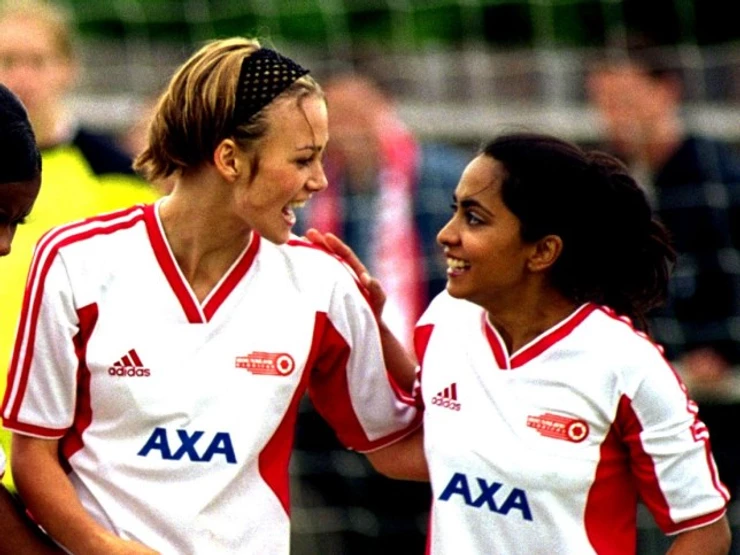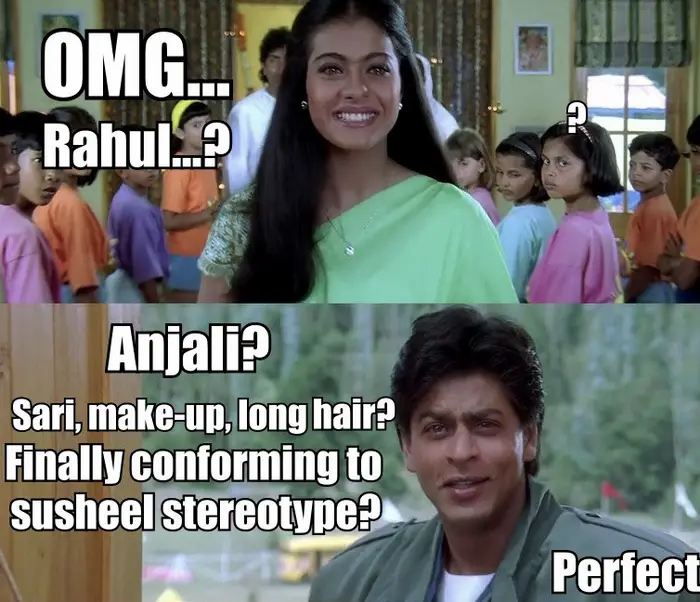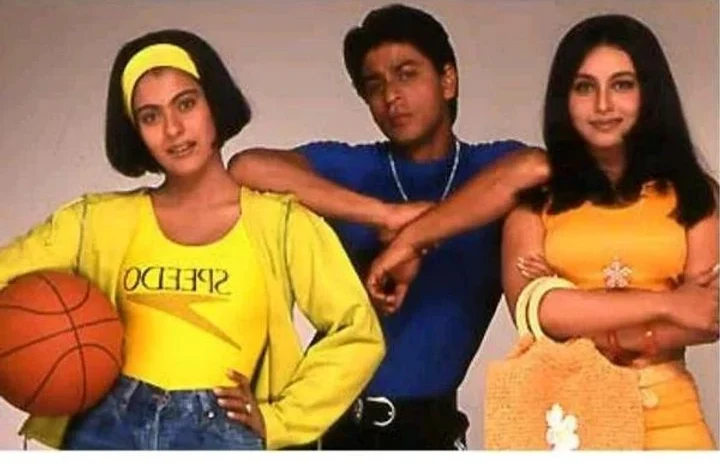Tomboy – Not a Phase, But Sometimes a Safety Net.
I studied in an all girls school, most of my life. So, playing the role of a male character in the annual gathering for many of the girls was normal and never looked down upon. On the other hand, when the neighboring All boys school organised their ‘Women Empowerment’ themed annual gathering, as an audience member well in my teens, it had made me uncomfortable & awkward to watch boys dressed up as girls, dancing about.
This is despite of me having played the role of a father on stage & enjoying every bit of it.
Why this hypocrisy? Sadly this question occurred to me quite later and was answered after a long process of learning and unlearning.
As a kid, I was always “the tomboy” and in many ways, still am. This label somehow protected me and hid my sexual identity of being a lesbian. Mind you, gender expression is not necessarily tied to sexual orientation and I am in no way trying to reinforce stereotypes. However, in my case it has been somewhat of a shield, helping me keep it a secret from society until I’m completely ready to come out. As opposed to my male counterparts, who have always been called out for being a “sissy”, or a “pansy”, etc. making it tough for them to hide behind the term effeminacy.

Anjali from Kuch Kuch Hota Hai – OG Tomboy of Bollywood
Does society tolerate cross-gendered behavior in girls more than it does in boys? In my opinion, it certainly does and of course like most of the problems in our lives, this too, stems from patriarchy, where femininity is seen lesser than masculinity. Hence trying to be like a woman has consequences like social ostracism and is thoroughly stigmatized. Also, the fact that because effeminate boys are not as normalized as tomboys, parents feel anxious about their kid’s sexuality at an age that the kid hasn’t figured it out themself. In addition to this, parents disregard their daughter’s sexuality and assume that she is “virtuous” and can never have such immoral thoughts and ideas – essentially are in denial.
In my school the tomboys were always admired by the other girls. They were the most popular and thought to be the coolest in the school even though not all of them excelled academically. Even the teachers gave us a leeway and would get away with our mischief and boisterous attitude. The system had almost failed in making ‘the young, elegant, ladylike women out of us. (The school even had a classroom dedicated to teaching home science).

Jules and Jess from Bend It Like Beckham
Inevitably, tolerance of this behavior also has a time limit. Tomboyishness is supposed to be confined to childhood and adolescence only. After a certain age both behaviors are disapproved, as the question – “Beta, ladkon ki tarah rahogi, toh tumse shaadi kaun karega?” is just waiting to be thrown in your face. You are now expected to dress a certain way, look a certain way and present a certain way. A once acceptable way of being, is just considered as a “phase”.

While many of us are comfortable not complying to gender stereotypes, the only way it stops being pathologised is if our society’s understanding of girlhood / boyhood / adulthood is not exclusive to being gender conforming and if we stop putting people in boxes, surely we will be a step closer to smashing the patriarchy.






